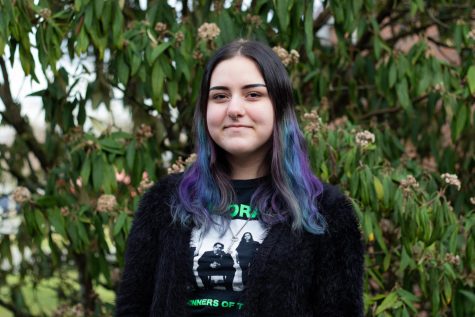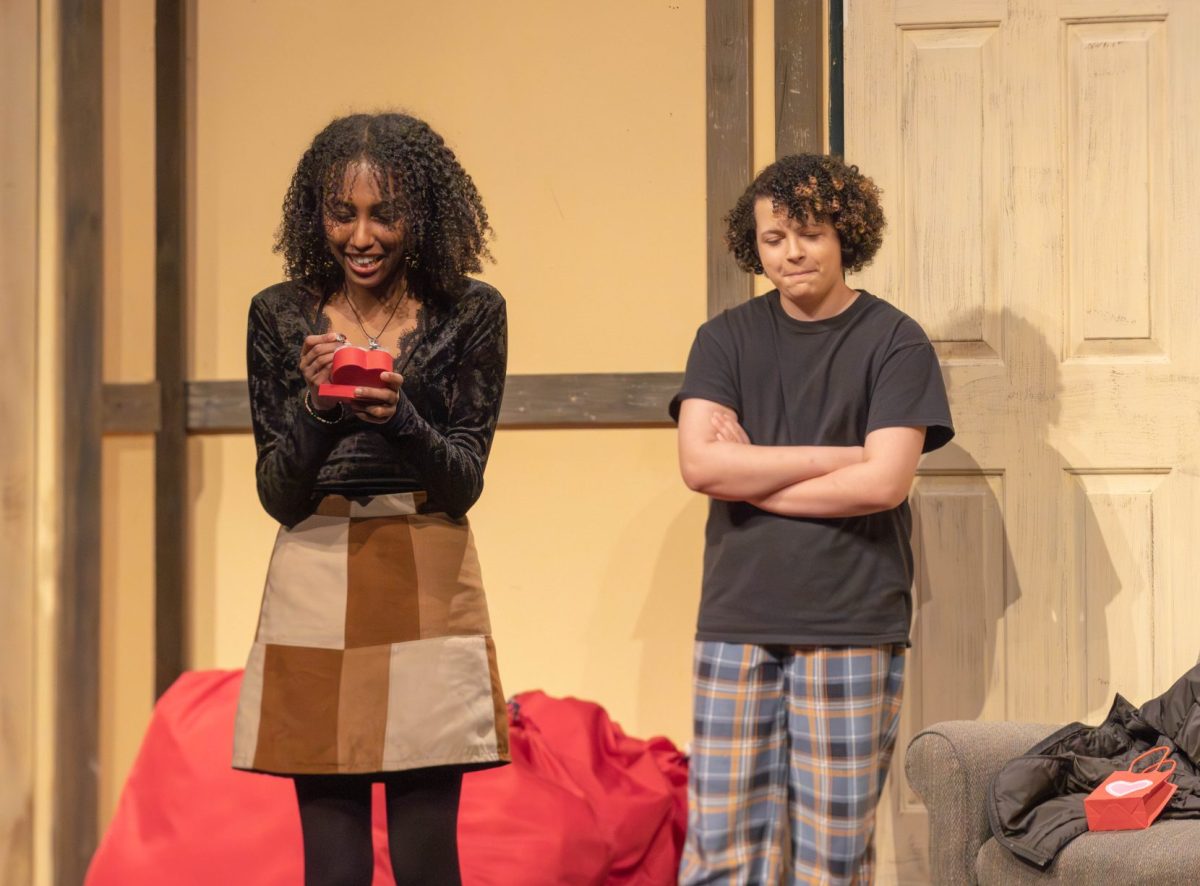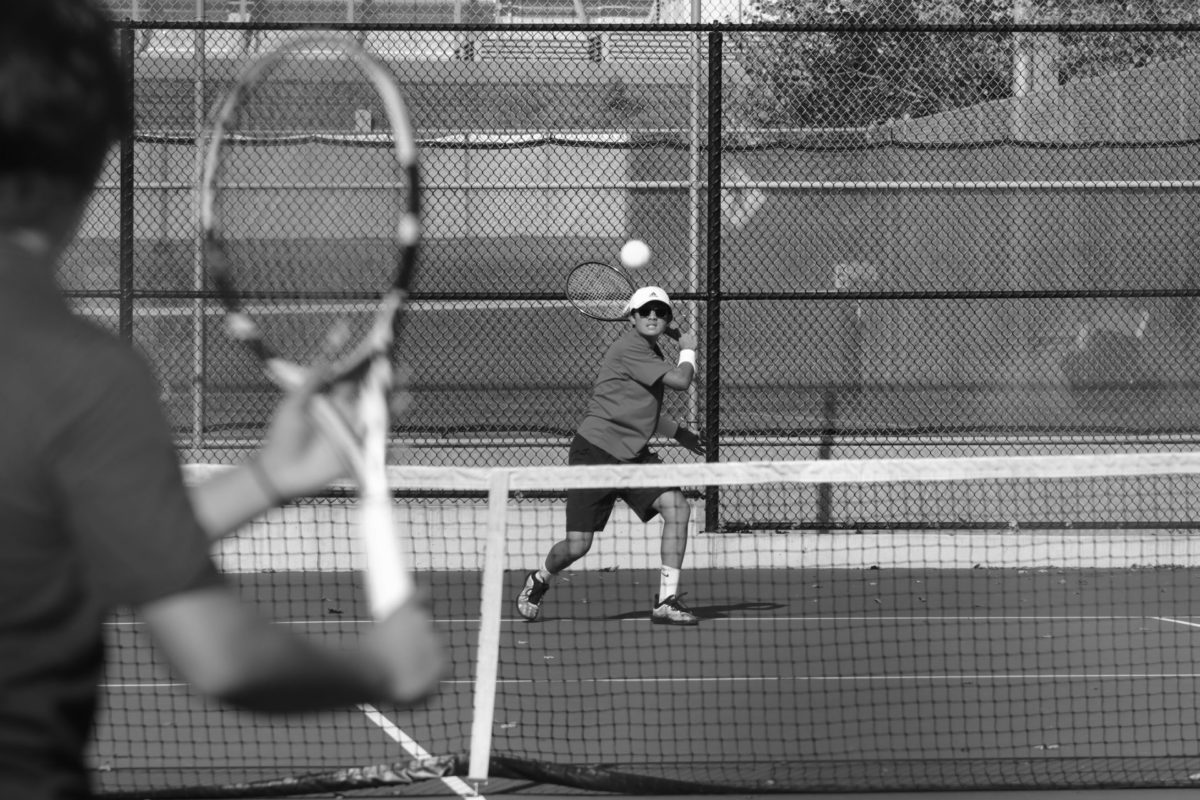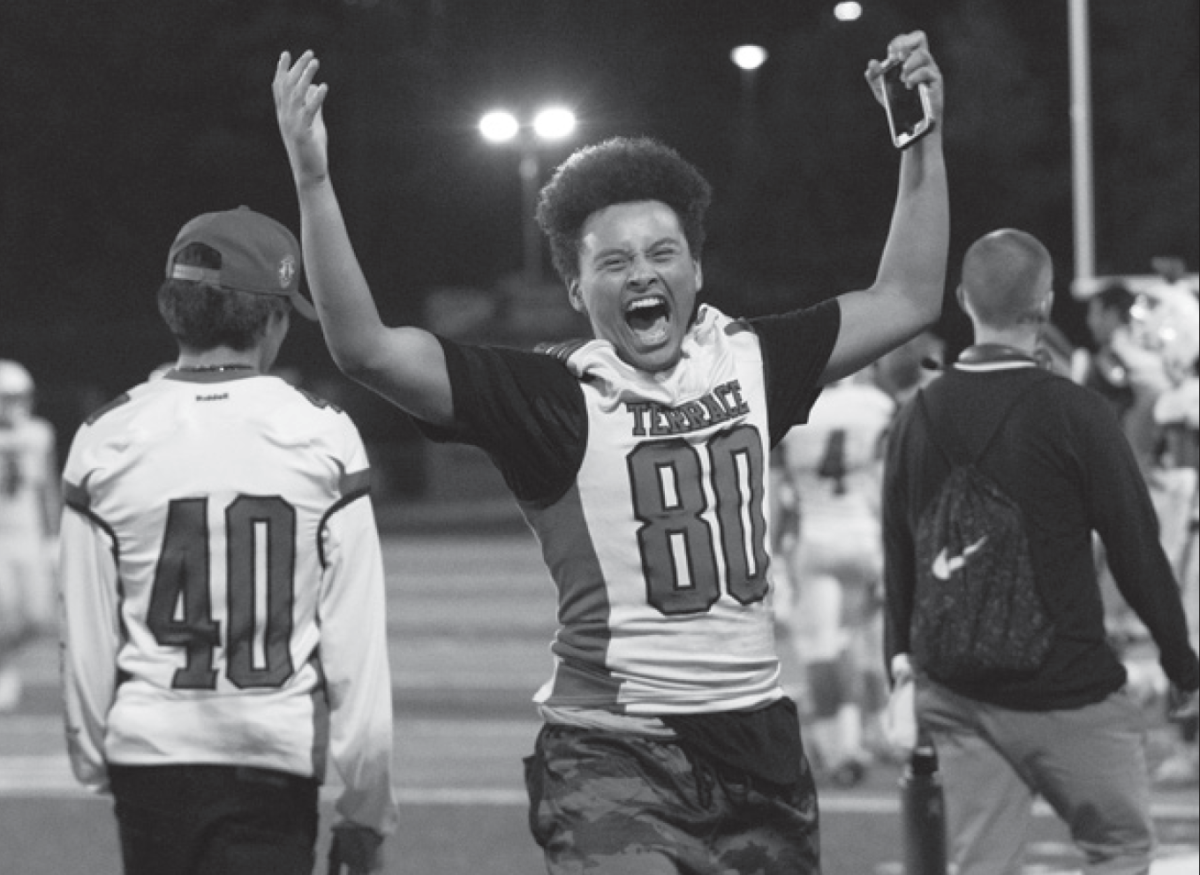It seems like every other day there is another mass shooting flashing across the news screens. San Bernardino, Marysville Pilchuck, Fort Lauderdale, Sandy Hook, at Pulse in Orlando, Virginia Tech and Umpqua Community College; these are just a few of the more recent ones.
While I’d like to blame this all on a few bad people, it’s not something I can dismiss.
This is a matter of gun laws and mental health.
It’s nearly impossible for me to say guns should be kept from people; it’s in the constitution, but it’s fairly easy for me to say that proper training and stricter gun laws should be followed and enforced.
Right now, in Wash., to have a permit to carry a concealed firearm in a vehicle or on a person’s body, there are only three requirements. According to the Washington State Department of Licensing, a person must be 21, apply at their local sheriff’s department and get fingerprinted for a background check.
This isn’t enough.
Granted, if the background check shows a person has a revoked license, is in trial because of their firearm possession, awaiting trial, or have a warrant for arrest, for a felony offense, or have had to “forfeit a firearm within the last 12 months”, you cannot get your permit for a concealed firearm.
Still, this isn’t enough protection. Without any experience, anyone can buy a gun, regardless of if they’re equipped for it or know the law.
Essentially, it’s easier to buy a gun than it is to get your driver’s license.
In my perfect world, we could get rid of guns, and that would be the end of it. But, as a journalist and an American citizen, I live by the constitution; whether it has guns or not.
I propose that, by law, anyone who wishes to own a gun should have some proper training, or should have to go through an education process, just like any other license or permit. It would provide proper education on gun laws and when it’s necessary to use a gun or have one. It would go over the dangers of owning a firearm and what could happen to a person, or the people around them, if the gun was to be misused.
Along with that is the education aspect of the gun ownership, so people would be trained on gun upkeep and how to properly use a gun. Too many times, and one time is too many, a gun has accidentally gone off and injured or killed people. This could be prevented with proper training.
Not only should there be that training, but not every dangerous person has a known criminal background. Take one of the most controversial cases in history; People v. O. J. Simpson. Simpson was presumably not guilty for the murder of his wife, Nicole Brown-Simpson, and her acquaintance Ronald Goldman, only because he was never convicted. Let’s say that Simpson did in fact commit the two murders and was convicted “not guilty”. He would still be able to purchase a gun, something more fatal than the knife used to murder Brown-Simpson and Goldman, and he could possibly use it for later crimes.
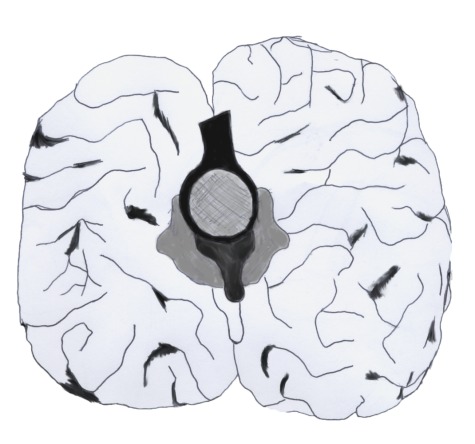
Simpson isn’t the only one who has committed a felony and gotten away with it. He won’t be the last.
There needs to be more strict background checks regarding any criminal history and possibly even mental health, as that can be a contributing factor to gun violence. This is not to say that anyone with a mental health condition is dangerous.
On that topic, there are many people with mental illnesses who use guns to injure or even kill themselves. This needs to be addressed with the same importance as any other shooting.
Why are we giving people such destructive tools they can use to hurt themselves and/or other people?
But that is not the end of the discussion.
Look back on April 20, 1999 in Littleton, Colo., the day Eric Harris and Dylan Klebold entered their high school library with guns and around 100 rounds of bullets, killing 12 students and one teacher, while injuring 20 more, before killing themselves.
Information on Harris and Klebold’s lives are easily accessible in this day and age with the internet and the relevance of the incident.
To Dave Cullen, investigative journalist and author of “Columbine”, Harris was typically seen as the “brutal mastermind” behind the shooting, while Klebold was referred to as the “quivering depressive who journaled obsessively about love.”
I can’t remotely find an excuse for this; there isn’t one, but there could be a reason.
In a TED talk back in November, 2016, Sue Klebold, mother of Dylan Klebold, spoke about her acceptance of her son’s actions and her explanation for them.
“There are no simple answers; I can’t give you any solutions,” Sue Klebold said. “All I can do is share what I’ve learned.”
After apologizing to the audience for Dylan Klebold’s actions, Sue Klebold continued by asking for an understanding when she refers to her son’s death as a suicide.
“Two years before he died, he wrote on a piece of paper in a notebook that he was cutting himself. He said that he was in agony and wanted to get a gun so he could end his life,” Sue Klebold said.
Since the shooting, she has become an activist for mental health because of Dylan Klebold.
She made it clear she was not trying to excuse the “viciousness that he showed at the end of his life,” but rather to understand “how his suicidal thinking led to murder.”
It wasn’t as simple as anger. There wasn’t a switch. Sue Klebold said she believes the shooting came from his “desire to die,” rather than to kill or hurt.
“The last thing I want to do is contribute to the misunderstanding that already exists around mental illness. Only a very small percent of those who have a mental illness are violent toward other people,” Sue Klebold said. “But, of those who die by suicide, it’s estimated that about 75 to maybe more than 90 percent have a diagnosable mental health condition of some kind.”
But not every single person with “destructive thoughts” can fit into a single disorder.
Because of Sue Klebold, as well as other sources, I’ve been reminded of how difficult it can be to deal with mental disorders, personally and objectively.
It’s already difficult enough to get help with problems while under the age of 18, but it’s even more of an issue if a person doesn’t have a stable income and therefore cannot see a counselor or therapist.
While I don’t know how suicidal thinking can lead to a homicidal path, I know that with proper resources it can be prevented.
Luckily, there are ways to get help, even without a stable income. There are several counseling centers able to negotiate prices throughout Snohomish County, one being Affordable Counseling in Edmonds.
It just shows that with a minimal search, answers and options can be found, and I’d like to think most options point away from gun violence.








